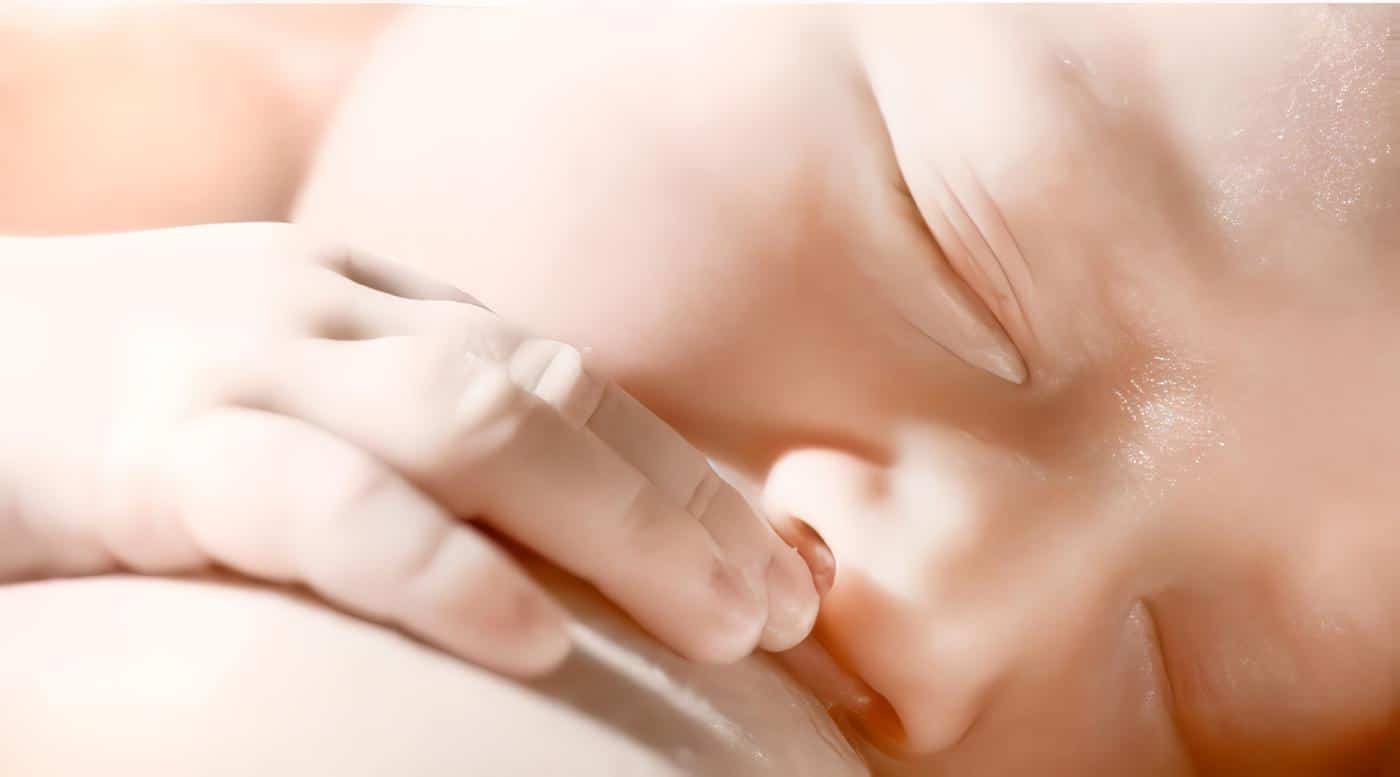En nuestra región la CE llegó tardíamente. Pero hay 5 países, en los últimos 5 lustros, que la han podido desarrollar muy aceptablemente: Argentina, Brasil, Chile, Colombia y México. Cada uno tiene sus pioneros. En Argentina Hugo Pomata y Alejandra Rabadán. En Brazil André Palmini,Fernando Cendes, Américo Sakamoto, Carlos Guerreiro,Arturo Cuvier, Raúl Marino y Eliseu Paglioli,entre otros. En Chile: Jaime Godoy, Tomás Meza y Manuel Campos. En Colombia Jaime Fandiño- Franky y col. desde 1989. En México Francisco y Marcos Velasco.
Series muy importantes son competitivas en calidad científica al resto del mundo.
Conclusiones
La humanidad ha dado un enorme paso desde 1889 hasta la fecha en descubrir cómo tratar las epilepsias refractarias o intratables médicamente. Toda la tecnología al alcance de los especialistas en cada época ha sido utilizada y seguiremos afianzándonos cada día en lo nuevo para seguir descubriendo más métodos tecnológicos. Ningún método de tratamiento se puede escapar a los expertos en los países transicionales, entre los cuales están los latinoamericanos. La fundación de Centros de Epilepsia (donde se haga cirugía concordante o convergente) o de Institutos de Epilepsia (donde se haga cirugía no concordante o no convergente) es imperativa. La epilepsia sigue siendo una especialidad compleja que une muchas disciplinas y el cirujano es parte importantísima de ellas. Ejemplos extraordinarios de neurocirujanos epileptólogos que han marcado hitos fundamentales en la CE son: Horsley, Talairach, Yasargil, Penfield, Dandy, Rasmussen, Asenjo, Penry, Morrel,Van Wagenen, Herren, Falconer, Krauser, y otros muchos que han hecho que la cirugía tenga plena aceptación en el tratamiento de las epilepsias en los tiempos presentes. Son muchos sus seguidores en la actualidad y las nuevas generaciones tendrán la responsabilidad de no dejar decaer el entusiasmo que ellos nos legaron.
Referencias
1. Horsley V., Brain-surgery. Br.Med J 1886; 2:670-674
2. Krause F., Chirurgie des Gehirns und Rückenmarks nach eigenen Erfahrungen. Berlin, Wien: Urban und Schwarzenberg, 1911
3. Foerster O., Penfield W., Der Narbenzug am und im Gehirn bei traumatischer Epilepsie in seiner Bedeutung für das Zustandekommen der Anfälle und für die terapeutische Bekämpfung derselben. Zschr.ges. Neurol Paychiatr 1930;125:475-572
4. Jensen J., Vaernet K. Temporal lobe epilepsy. follow-up investigation of 74 temporal lobe resected patients.Acta Neurochirurg (Wien) 1977;37:173-200
5. Jasper H., Kershman J. Electroencephalographic classification of the epilepsies. Arch Neurol Psychiatry 1941;45:903-943
6. Gibbs FA., Gibbs EL., Lennox WG. Cerebral dysrhythmias of epilepsy: measures for their control.
Arch Neurol Psychiatry 1938;39:298-314
7. Penfield W., Flanigin H. Surgical therapy of temporal lobe seizures. Arch Neurol Psychiatry 1950;64:491-500 8. Penfield W., Jasper H. Epilepsy and the functional anatomy of the human brain. London: Churchill, 1954
9. Hounsfield G.N. Brit.J.Radiol. 46 (1973) 10. Van Wagenen WP., Herren RY. Surgical division of
the commissural pathways in the corpus callosum: relation to spread of an epileptic attack. Arch Neurol Psychiatry 1940;44:740-759
11. Bogen JE., Vogel PJ. Cerebral commissurotomy in man: preliminary case report. Bull Los Angeles Neurol Soc 1962;27:169-172 12. Luessenhop AJ, de la Cruz TC, Fenichel GM. Surgical disconnection of the cerebral hemispheres for intractable seizures. JAMA 1970;213:1630-1636
13. Wilson DH. Culver C. Waddington M. et al. Disconnection of the cerebral hemispheres: an alternative to hemispherectomy for the control of intractable seizures. Neurology 1975;25:1149-1153
14. Fandiño-Franky J., Torres M., Nariño D., Fandiño J. Corpus Callosotomy in Colombia and some reflections on care and research among the poor in developing countries. Epilepsia 2000;41 (suppl 4):S22-7
15. Stavraky GW. Supersensivity following lesions of the nervous system. Toronto: University of Toronto Press, 1961:33-38
16. Kusske JA., Rush JL. Corpus callosum and propagation of after-discharge to contralateral cortex and thalamus. Neurology 1978;28:909-912
17. Reeves AG., ed. Epilepsy and the corpus callosum New York:Plenum Press, 1985
18. Blume WT. Corpus callosum section for seizures control: rationale and review of experimental and clinical data. Cleve Clin Q 1984;51:319-332
19. Spencer SS.,Gates JR., Reeves AG, et al. Corpus callosum section for uncontrolled epilepsy. In Engel J Jr. ed. Surgical treatment of the epilepsies. New York: Raven Press, 1987:425-444
20. Williamson PD. corpus callosum section for intractable epilepsy: criteria for patient selection. In: Reeves AG.ed. Epilepsy and the corpus callosum. New York:Plenum Press, 1985:243-257
21. Fandiño-Franky J., Silfvenius H. World wide disparities in epilepsy care. A Latin American outlook. Epilepsia 1999;40(suppl 8):48-54
22. Spencer SS, Spencer DD, Williamson PD, et al.Corpus callosotomyfor epilepsy. I. Seizure effects.Neurology 1988;38:19-24
23. Roberts DW., Reeves AG., Nordgren RE. The role of posterior callosotomy in patients with suboptimal response to anterior callosotomy. In: Reeves AG.,Roberts DW. eds. Epilepsy and the corpus callosum,2nd edition New York: Plenum Press, 1995:183-190
24. Sakas DE., Phillips J. Anterior callosotomy in the management of intractable epileptic seizures: significance of the extent of resection. Acta Neurochir 1996;138:700-707
25. Penry JK.,Dean JC. Prevention of intractable partial seizures by intermittent vagal stimulation in humans:preliminary results. Epilepsia 1990;31(suppl 2):S40-43
26. Ben-Menachem E., Manon-Espaillat R., Ristanovic R. et al. Vagus nerve stimulation for treatment of partial seizures: 1. A controlled study of effect seizures.Epilepsia 1994;35:616-626
27. Handforth A., DeGiorgio CM., Schachter SC. et al.Vagus nerve stimulation therapy for partial-onset seizures: a randomized active-control trial. Neurology 1998;51:48-55
28. Labar D., Murphy J., Tecoma E. Vagus nerve stimulation for medication-resistant generalized epilepsy.E04 VNS Study Group. Neurology 1999;52:1510-1512
29. Quintana C., Tecoma ES, Iragui VJ. Evidence that refractary partial onset and generalized epilepsy syndrome respond comparably to adjuntive vagus nerve stimulation. (VNS) therapy. Epilepsia 2002;43 (suppl 7):344
30. Tecoma E., Iragui V. Estimulación del nervio vago en epilepsia. En: Campos MG., Kanner AM. eds.Epilepsias: Diagnóstico y tratamiento. Santiago; Mediterraneo, 2004;cap. 49:697-707
31. Talairach J., Bancaud J. Lesion “irritative” zone and epileptogenic focus. Conf Neurol 1966;27:61-64
Recibido: Octubre 7, 2011
Aceptado: Noviembre 4, 2011
Correspondencia: fandinojaime@gmail.com




